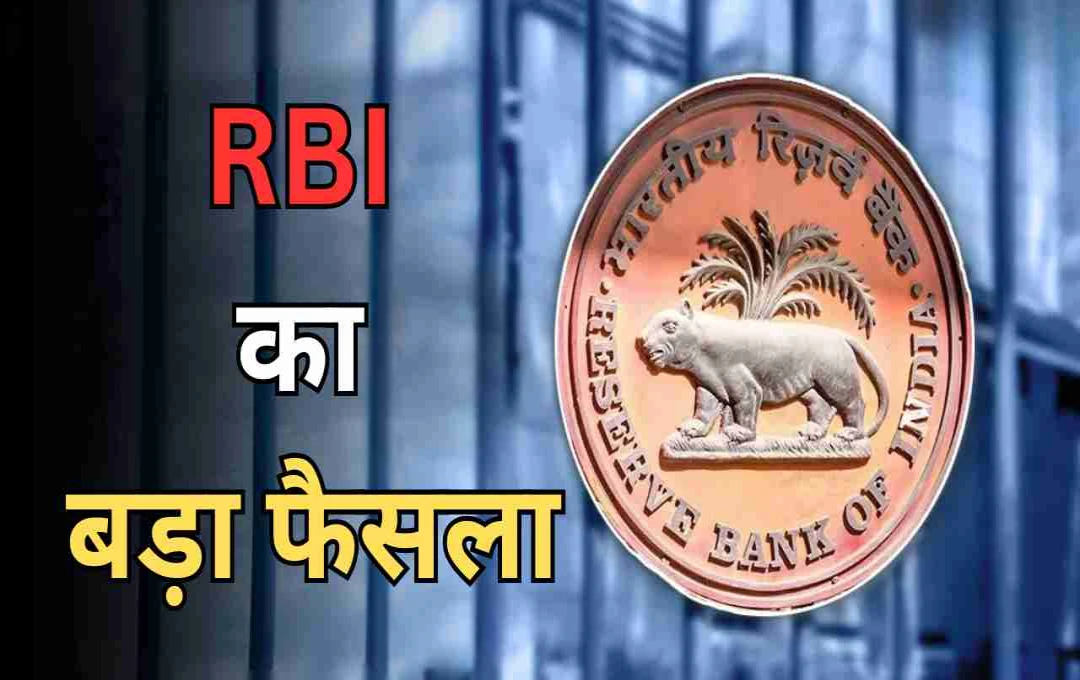While North India, especially Delhi-NCR, awaits the monsoon rains, the Indian economy has received a surge in dollar reserves.
New Delhi: While Delhi-NCR continues to await the monsoon, a significant increase in India's foreign exchange reserves has provided relief on the economic front. A substantial rise was recorded in India's foreign exchange reserves during the first week of June. This increase not only signals economic stability but also strengthens India's global financial standing. According to the latest data released by the Reserve Bank, the foreign exchange reserves increased by a total of $5.17 billion in the week ending June 6th, reaching $696.656 billion.
This increase is considered significant for several reasons. Following a decline in reserves the previous week, this surge indicates global investors' confidence in India. This situation is also positive for the country's capital market, import-export balance, and rupee stability.
Largest Increase in FCA

The largest portion of the increase in foreign exchange reserves was in foreign currency assets (FCA). FCA constitutes the largest part of India's total reserves. In the week ending June 6th, FCA increased by $3.472 billion. This surge is particularly encouraging, given the approximate $1.95 billion decline in the preceding week.
FCA includes not only dollars but also other foreign currencies such as euros, pounds, and yen. When the Reserve Bank of India expresses its foreign currency assets in dollars, fluctuations in the value of other currencies also impact the figure. The current increase indicates that India's monetary management policy remains robust.
Gold Reserves Also Shine

Not only FCA, but India's gold reserves also witnessed a notable increase. In the week ending June 6th, India's gold reserves increased by $1.583 billion. This follows a $723 million increase in the previous week. India's total gold reserves have now risen to $85.888 billion.
The rise in global gold prices and India's continued gold purchases are considered the primary reasons. India traditionally views gold as a safe investment, and its importance increases during periods of global uncertainty.
SDR and IMF Holdings Also Increased
Special Drawing Rights (SDRs) also saw an increase last week. A $102 million rise was recorded in the week ending June 6th, bringing the total to $18.672 billion. SDRs are a special asset provided by the International Monetary Fund to member countries and constitute a significant part of foreign exchange reserves.
Similarly, India's holdings with the International Monetary Fund (IMF) also increased. A $14 million increase was observed last week, bringing the total to $4.409 billion. This increase reflects the strengthening of India's global financial commitments.
Comparison with Last Year's Figures
Comparing with figures from a year ago reveals India's progress in managing and increasing its foreign exchange reserves. In September 2024, India's foreign exchange reserves reached a high of $704.885 billion. Although there was a subsequent decline, the reserves are now nearing the $700 billion mark again.
This demonstrates India's efficient management of its economic resources. Despite challenges such as global recession, fluctuations in US interest rates, and oil price volatility, India's reserves remain balanced.
Impact and Future Outlook
This increase in foreign exchange reserves is positive for India in several ways. Firstly, it will strengthen the stability of the Indian rupee. Sufficient foreign exchange reserves ensure India's capacity to meet import payments, debt repayments, and foreign payments in emergencies.
Secondly, global investors will show greater confidence in the Indian economy. Foreign exchange reserves reflect a country's economic health and payment capacity. This increase will make India even more attractive for international investment.
Additionally, this increase provides the Reserve Bank of India with greater policy flexibility to control inflation and interest rates. Strong foreign exchange reserves support a ber rupee, making imports cheaper and helping to control inflation.
In recent years, India has focused on boosting exports, attracting foreign investment, and strengthening domestic production. The impact of these measures is evident in the foreign exchange reserves. If global conditions remain favorable and India's exports and foreign investment continue to grow in the coming months, it is expected that foreign exchange reserves will once again reach record levels.
The government and RBI should implement a balanced exchange rate policy, cautious import controls, and measures to attract FDI to maintain this trend.















